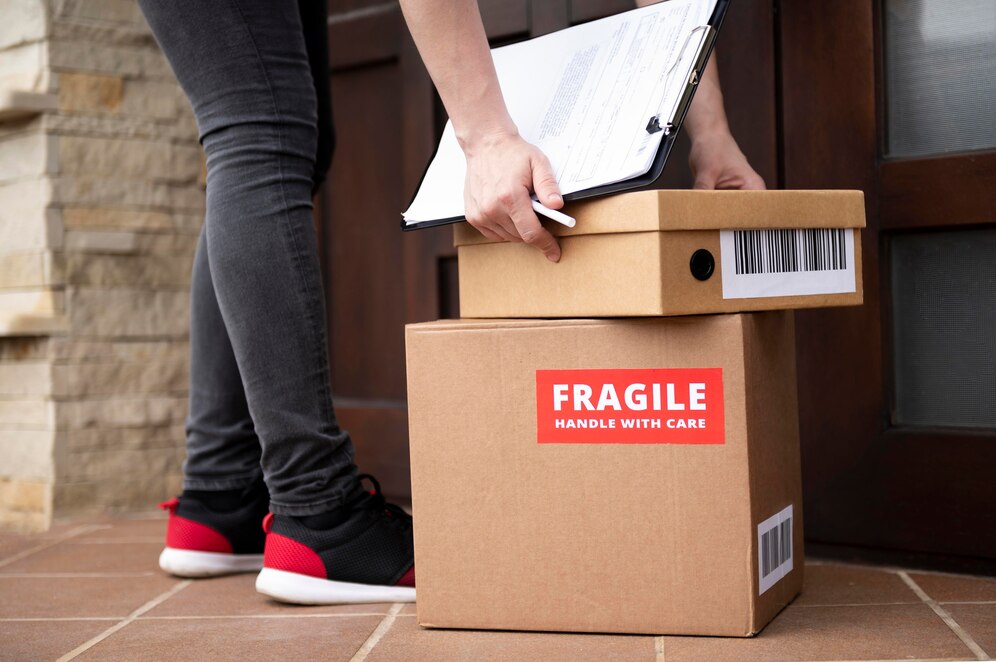Fragile items hold sentimental or monetary value, making them precious possessions that require special care when it comes to storage. Whether you’re moving, decluttering, or simply need to store delicate belongings temporarily, ensuring their safety is paramount. In this comprehensive guide, we’ll share expert tips and techniques to help you safely store fragile items, protecting them from damage and preserving their integrity for years to come.
- Choose the Right Packing Materials: The first step in safely storing fragile items is selecting the appropriate packing materials. Opt for sturdy cardboard boxes or plastic bins that are specifically designed for moving and storage. Line the bottom of each box with cushioning material such as bubble wrap or packing peanuts to provide a protective layer against impact. Wrap fragile items individually in soft materials like bubble wrap, foam, or packing paper to prevent scratches and breakage during transit and storage.
- Pack with Care: When packing fragile items, take your time and pack with care. Place heavier items at the bottom of the box and lighter items on top to distribute weight evenly and minimize the risk of crushing. Fill any empty spaces in the box with additional packing material to prevent items from shifting during transportation. Avoid overpacking boxes, as this can put excessive pressure on fragile items and increase the likelihood of damage.
- Label Boxes Appropriately: To ensure that fragile items are handled with care during storage and transportation, clearly label each box with the word “Fragile” or “Handle with Care.” Use bright-colored labels or fragile stickers to make them easily identifiable to yourself and others who may be assisting with the moving and storage process. Additionally, consider labeling boxes with the contents inside to facilitate easier retrieval and minimize the need for excessive handling.
- Choose the Right Storage Environment: The environment in which fragile items are stored plays a crucial role in their preservation. When selecting a storage unit, opt for a climate-controlled facility that maintains stable temperature and humidity levels year-round. Extreme temperatures and fluctuations can cause delicate items such as glassware, ceramics, and electronics to warp, crack, or deteriorate over time. By storing fragile items in a climate-controlled environment, you can protect them from the damaging effects of moisture, heat, and cold.
- Handle with Care: Even with the utmost precautions taken during packing and storage, fragile items should be handled with care at all times. When transporting items to and from the storage unit, use proper lifting techniques and avoid stacking heavy items on top of delicate ones. Take your time when unpacking fragile items from storage, and be gentle to avoid accidental breakage or damage.
Safely storing fragile items requires attention to detail, proper packing techniques, and a suitable storage environment. By following the tips outlined in this guide, you can protect your delicate belongings from damage and ensure their safety throughout the storage process. Whether you’re storing heirlooms, collectibles, or valuable keepsakes, mastering the art of safe storage will give you peace of mind knowing that your fragile items are well-protected and preserved for future generations to enjoy.

